Are You A Vanguard? Applications Now Open
Melissa Simpson
This is your first of three free stories this month. Become a free or sustaining member to read unlimited articles, webinars and ebooks.
Become A MemberJoy. While it’s been a contentious 18 months of protests, marching, and debating about a proposed new basketball arena in Philadelphia’s Center City, for at least one Saturday morning, an urban planning and design discussion about the proposed arena location brought some joy to the conversation.
At the Center for Architecture in Philly, just a few blocks from the site of the proposed arena, about a hundred people gathered on Jan. 27 to brainstorm alternative uses for the site. The public workshop was organized by the Save Chinatown Coalition, an alliance of 245 organizations from Chinatown and around the city who oppose the new arena because they fear its proximity to Chinatown will disrupt and displace the community.
To facilitate the workshop, the coalition brought in faculty and students from the University of Pennsylvania’s architecture and city planning graduate programs.
“What we don’t want to do is just create pretty pictures of what the community wants and open ourselves up to some probably easy critiques like how would it be paid for,” says Rashida Ng, an associate professor of architecture at the University of Pennsylvania, who helped the coalition plan the workshop. “We don’t want to put forth proposals that have no way of being financed or that aren’t linked to some understanding of what it would take to finance them.”
It isn’t clear at this point that the city or the arena developers will listen to any of their ideas. But even for the longtime Chinatown community leaders in the room, who have fought off proposals for a baseball stadium and a casino in or near the neighborhood over the past three decades, the workshop gave them a chance to think beyond what they’re fighting against and renew their sense of what they’re fighting for.
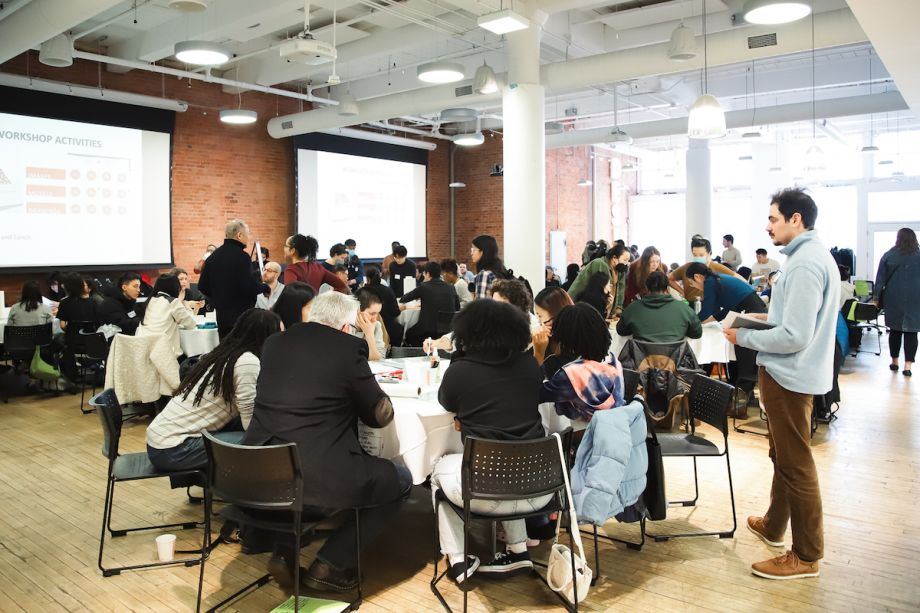
“I’ve never actually participated in anything like that,” says Deborah Wei, founding member of Asian Americans United, one of the organizations anchoring the Save Chinatown Coalition. The workshop used traditional and new design tools, like artificial intelligence, to visualize community members’ ideas in real time — like more green space, more local businesses, a new public plaza where farmers markets or night markets could take place, and new educational facilities including a library.
“Just being able to see people’s dreams and vision and how they envision revitalization could look like was very inspiring. I was struck by the energy in the room,” Wei says.
It’s not the first time there have been protests around the would-be basketball arena. In 1978, over a thousand protesters marched in support of Philly’s historic “Black Friday Boycott,” organized in response to the fact that Black contractors had been completely excluded from the construction of The Gallery, a brand new mall at the site — and that there were no Black-owned businesses operating inside when it first opened. City officials had subsidized the new mall by redirecting federal community development funds that were previously earmarked to build new affordable housing in Black neighborhoods. Many families around the city continued to boycott the mall after the march.
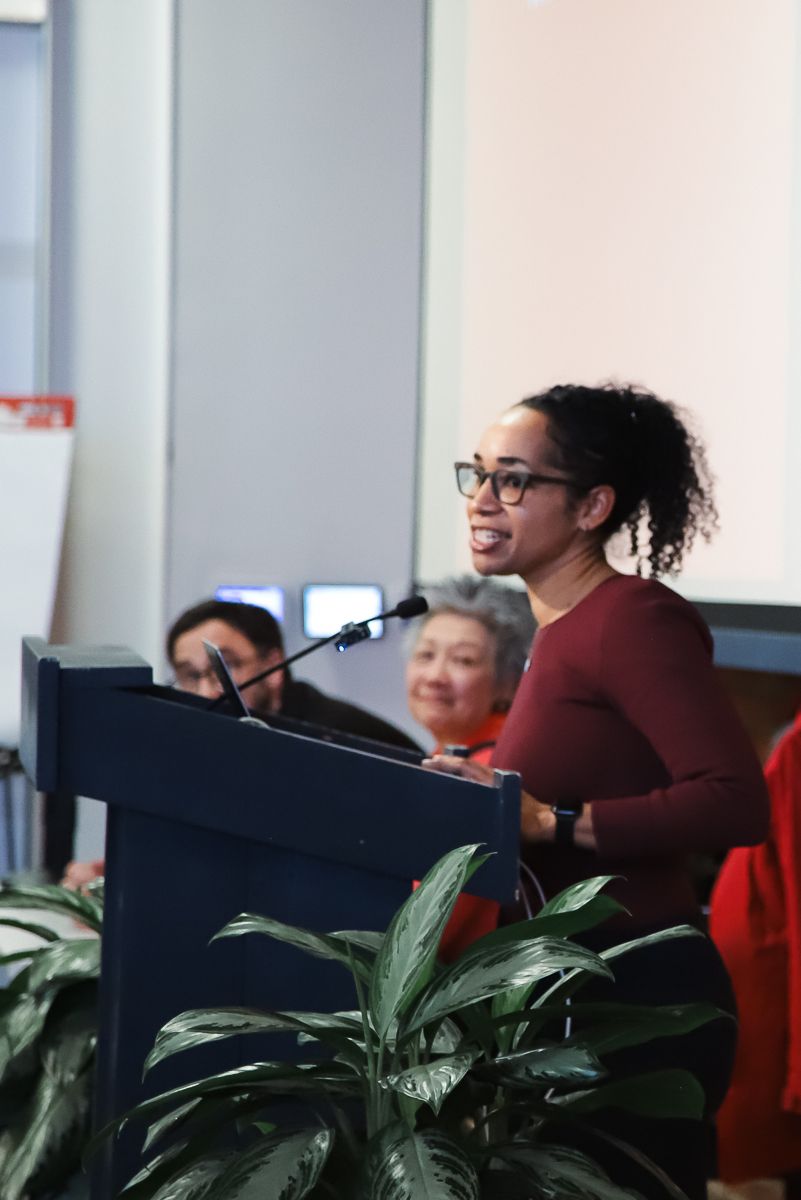
Rashida Ng speaks at the public design workshop
Ng grew up in one of those families. As a kid from North Philly, she vividly recalls her parents forbidding her from going into The Gallery. The Save Chinatown Coalition approached her last fall to help plan the public workshop, along with Dominic Vitiello, associate professor of city planning and urban studies and member of the coalition’s technical advisory board. Vitiello and Ng recruited graduate students from their respective programs to work with them on planning, implementing and follow-up for the workshop.
“One thing I do know that impacted my desire to be an architect was growing up in a community that had so many unmet needs in terms of its physical infrastructure,” Ng says. “I saw that as a child, and I was really aware of the impact of space and place on people’s lives. I knew there was a history of racial segregation and areas where Black and Brown people lived weren’t as nice, but I didn’t know [until much later in life] the history of redlining and why they were that way.”
Philly’s Chinatown has both won and lost these battles before. While it fought off a baseball stadium and a casino, it lost against the Vine Street Expressway cutting off the northern end of the neighborhood, and it lost against the Pennsylvania Convention Center that bulldozed a huge section of Chinatown’s western half.
The site in question today just emerged from a major reconstruction project: A three-year, $420 million overhaul of the mall completed in 2019, which included $90 million in local and state government subsidies. At the time, the Gallery was a joint venture of the Pennsylvania Real Estate Investment Trust and Macerich, a California-based real estate investment trust. The mall sits on top of regional rail and subway lines running parallel to each other and connects to stations on each. The ownership rechristened it as the “Fashion District” upon reopening.
Then the pandemic hit. The Pennsylvania Real Estate Investment Trust declared bankruptcy this past December — its second in three years — leaving Macerich as the Fashion District’s sole remaining owner.
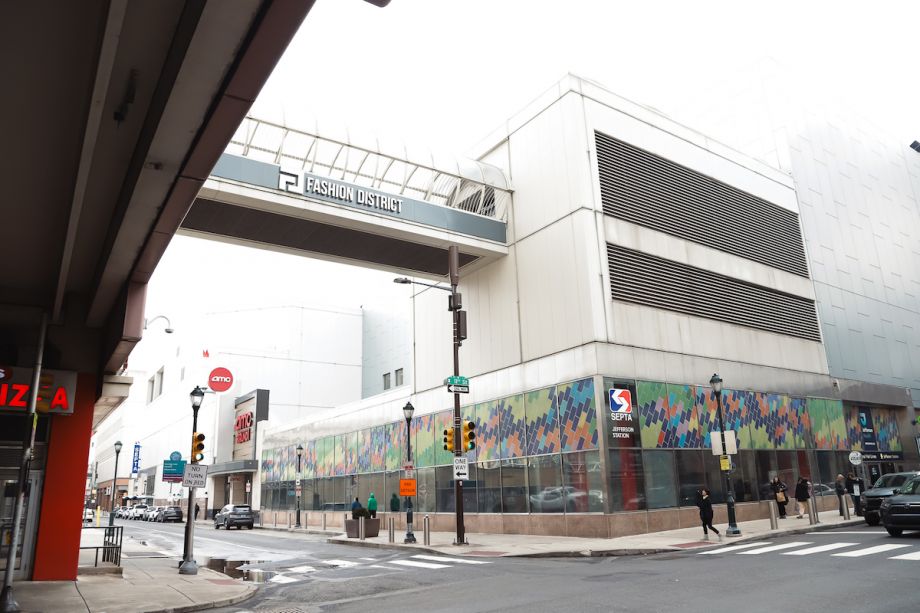
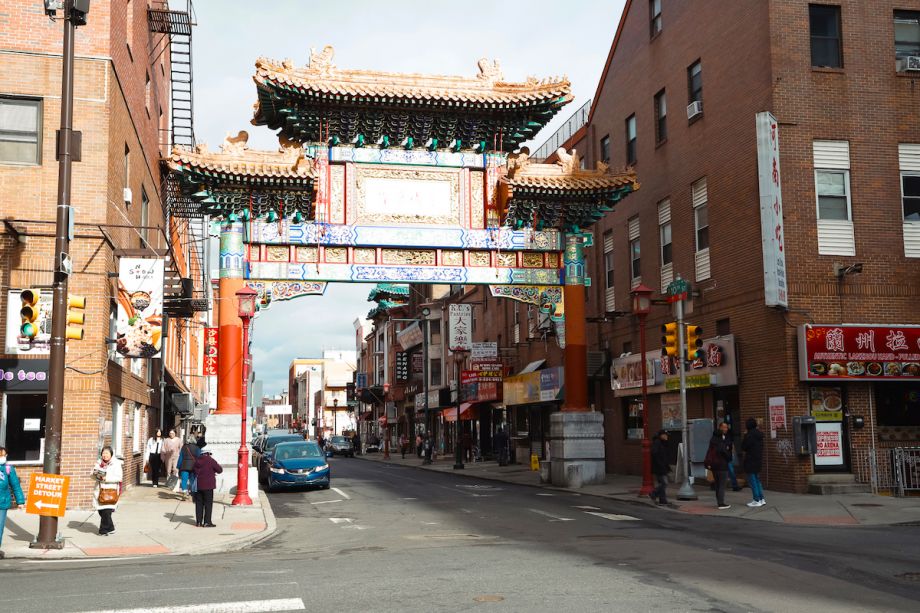
Macerich is already advertising the Fashion District to prospective tenants as the future home of the Philadelphia 76ers, the city’s NBA team. The Sixers unveiled their plans in July 2022 to build a new arena replacing the western end of the Fashion District, taking over the block bounded by Market Street (Philly’s historic main street) to the south, 11th Street to the west, 10th street to the east, and Filbert Street to the north. The proposed arena would also extend over Filbert Street and take over the city’s former Greyhound Bus station on the north side of the street. Philly’s Chinatown sits just north of Filbert Street, with 10th Street serving as the neighborhood’s main commercial corridor.
Supporters see the proposed arena as just the thing a struggling downtown stretch needs for revitalization, after COVID-19’s devastation of retail and the loss of many office workers due to remote work. As of September 2023, the Fashion District was just 75.6% occupied, ranked 19th out of 20 malls in the Pennsylvania Real Estate Investment Trust’s portfolio just before the trust declared bankruptcy. The “Market East” retail corridor where the Fashion District sits is faring only slightly better at 78% occupied. Even before the pandemic, the Market East corridor had been through years of decline, especially as its historic department stores faded into history, leaving either parking lots or large-scale retail spaces that have been challenging to keep occupied.
The arena proposal has won the support of the city’s construction unions, anticipating as many as 10,000 construction jobs over the course of six years. Breaking with the site’s history, Mosaic Development Partners, a Black-owned Philly real estate group, signed up to collaborate with the Sixers on the project. Josh Harris, a member of the Sixers’ ownership, even made a $10 million investment into Mosaic. After early designs drew criticism for the absence of any housing at the site, later plans added a 20-story residential tower with 395 units, including 79 promised at below-market rates.
76 DevCo, the real estate entity the Sixers created to steward the arena project, has said it will sign a legally binding community benefits agreement, currently billed at $50 million — though that pans out to just $1.6 million a year over the course of 30 years. The project’s estimated cost is now up to $1.55 billion, which the arena development team continues to insist will be all privately funded.
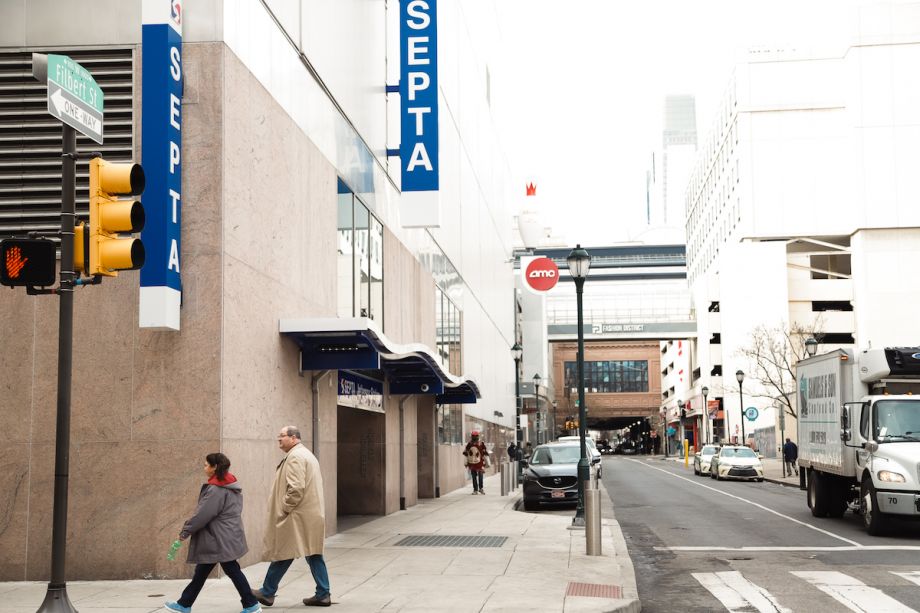
None of that so far seems to have done much, if anything, to visibly win over opponents to the proposed arena. At the first official public review of the proposal, a December meeting of Philadelphia’s Civic Design Review Committee, which only has non-binding advisory powers, not a single person testified in support of the arena. Opponents are able to leverage their political power as voters because the arena requires a zoning change and other land usage approvals; in Philadelphia, as in many cities, this means the city council member representing the district where the project is located has de facto veto power over such approvals.
The biggest fear is a repeat of what happened in Washington D.C., when the construction of the city’s MCI Center (now the Capital One Arena) in the 1990s displaced the District’s historic Chinatown. In Philly’s case, at least there won’t be a need for eminent domain to clear out part of the neighborhood for the arena, as D.C. did. Still, there is a fear in Philly that rising property values near the proposed arena would lead to property tax hikes or rent hikes that will push out longtime Chinatown residents and businesses.
As the loudest and most consistent voices opposing the arena, members of the Save Chinatown Coalition say others have asked them what other revitalization ideas there are for the area, starting with the west end of the Fashion District? That question birthed the public workshop.
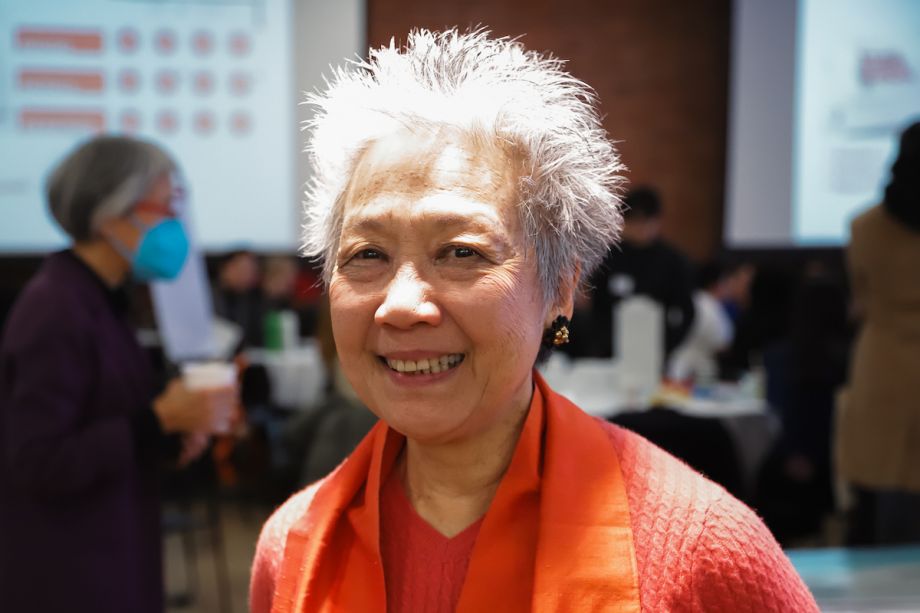
Mary Yee is an organizer with the Save Chinatown Coalition
To prepare for the workshop, they conducted a bilingual survey over the holidays, garnering nearly 2,000 responses in English and another 230 or so in Chinese. Notably, 70% of the respondents lived outside Center City neighborhoods, which include Chinatown. The survey consisted of 28 questions about what people would like to see at the site.
“The objective of the survey [was] to give some very generalized parameters to the concepts for discussion at the workshop,” says Mary Yee, an organizer with the Save Chinatown Coalition.
Over the weeks leading up to the workshop, a group of graduate students spent time synthesizing survey results to generate images of potential uses at the site using MidJourney.ai, a popular artificial intelligence tool. The images served as a starting point for discussions at the workshop, where participants could work with students to edit the prompts fed into the AI and generate new images on the spot. Other tables used traditional design charrette tools like maps and models of the site with colored blocks representing different uses that participants could stack and arrange to represent different visions.
“In academia, as in everywhere, we’re still trying to understand the capabilities of AI,” Ng says. “In doing community engagement work with students, I find a lot of times there’s a hesitance to critique student work because they’re just students, but if we had the students generate images, it was attractive because we can all critique a robot. The fact that it lacked an author could help us get really objective and meaningful criticism.”
Ideas included more green space; more space for farmers markets or night markets at an outdoor plaza that the site doesn’t currently have; space for more local businesses instead of corporate chains; and a new library for a neighborhood that doesn’t currently have one. Jillian Ma, a computer science teacher from the Roxborough neighborhood, envisioned something “like Longwood Gardens, but bringing it indoors.” Another common thread was creating a more healthy pedestrian connection through the block, encouraging more foot traffic and recreation between Chinatown and the Market East retail corridor to the south.
Several youth from Chinatown got one table energized around the idea of moving the neighborhood’s Folk Arts-Cultural Treasures Charter School into an expanded new space at the site that could be adjacent to a new seniors center to facilitate intergenerational connections and learning. “They’ve got permission to expand the school, but they can’t in their current location and there’s already an extremely long waiting list,” ways Wei, who was the founding principal of the school.
Over the next few weeks, the students and faculty plan to further synthesize notes and input from the workshop, refining them into a handful of proposals for what to do with the site, including potential sources of financing for what’s envisioned. They plan to publish everything online, including renderings and feasibility studies.
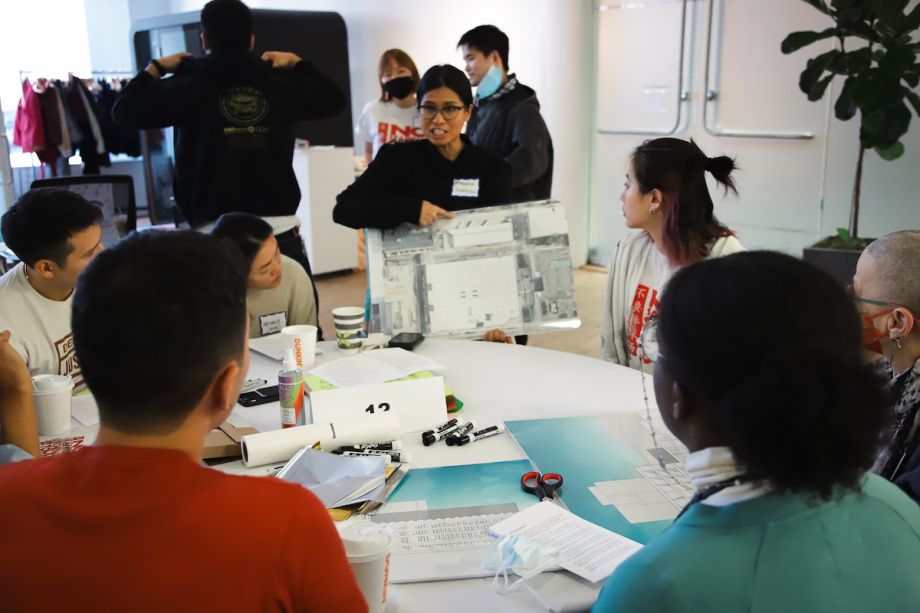
One thing is almost certain about any of those proposals — none are likely to appear as profitable to Fashion District’s current owners as the development of a new Sixers arena. But if it’s just about the revitalization of Market East and repurposing a significant transit-connected space no longer fit for a post-COVID downtown, workshop participants left hopeful that their discussions could eventually lead to some proposals for city officials and others to take seriously as alternatives to achieve those goals.
“These huge projects with shiny renderings have a lot of appeal to people, but when you look at the life of a city and what makes cities special, these aren’t the things that do that,” Wei says. “It’s small, family-run businesses and diversity and the arts and culture scene. These are things cities have that suburbs don’t have.”
Wei has evidence that if the neighborhood can fight off the arena, something valuable can emerge in its place, as measured not by profits but by almost any other measure. She’s seen it happen before. In the area where the city wanted to build a baseball stadium in Chinatown, today stand multiple projects completed in the years since by organizations with deep ties to the neighborhood. Among them are the Folk Arts-Cultural Treasures Charter School, the Asian Arts Initiative’s headquarters, and The Crane, a 20-story mixed-use building with new housing and the only large indoor community recreation space in the neighborhood.
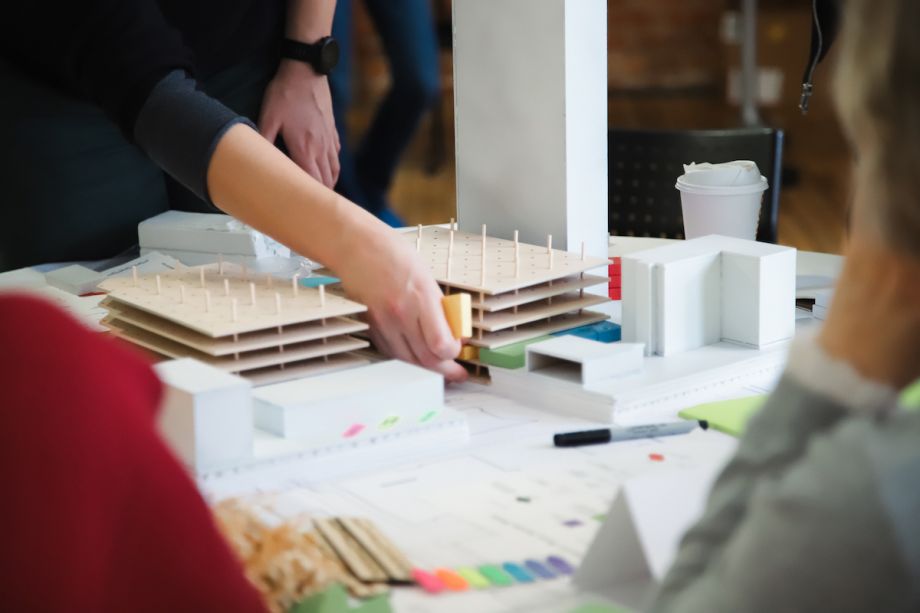
When Wei and her co-founders were looking for a space for their charter school, it was their eventual landlord who reached out to them. He’d acquired an old, vacant industrial warehouse just west of 10th Street, along Callowhill Street, the traditionally recognized northern border of the neighborhood. According to Wei, he’d been getting calls from developers looking to convert the building into a hotel or condos — as had many other industrial buildings nearby and others have since.
Though he could have made much more money doing that, he agreed the community didn’t need any more condos. It needed the school. He offered the co-founders a very favorable long-term lease and the school opened its doors in 2005.
“It’s examples like that of why communities matter and how relationships that are built up in communities make a difference,” Wei says. “People care about each other, they care about communities as a whole, and they make decisions differently based on that.”

Oscar is Next City's senior economic justice correspondent. He previously served as Next City’s editor from 2018-2019, and was a Next City Equitable Cities Fellow from 2015-2016. Since 2011, Oscar has covered community development finance, community banking, impact investing, economic development, housing and more for media outlets such as Shelterforce, B Magazine, Impact Alpha and Fast Company.
Follow Oscar .(JavaScript must be enabled to view this email address)
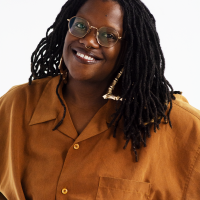
Melissa is a multimedia journalist, techie, and recent Temple University graduate. The Philly native began her freelance career in 2012 and has since written for a host of Philadelphia-based news outlets including XPN the Key, Technical.ly Philly, and Grid Magazine. In addition to her media work, she has over five years of experience in information technology. Currently, Melissa explores her creative side through photography, publication design, and writing creative non-fiction.

20th Anniversary Solutions of the Year magazine